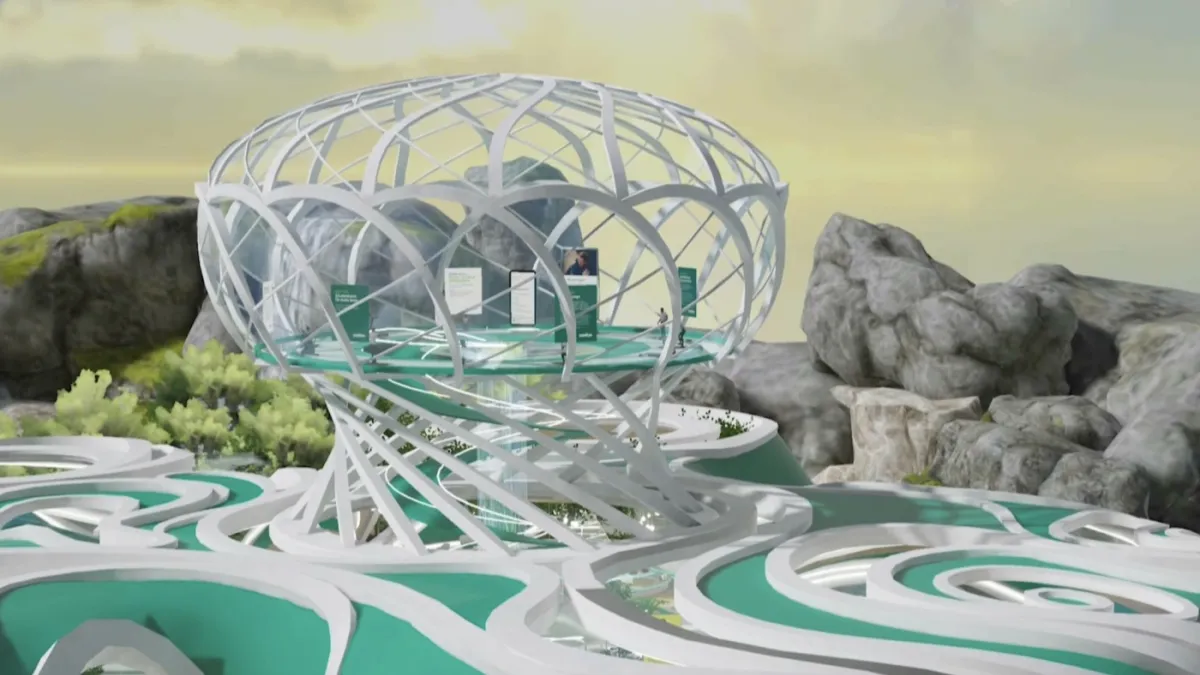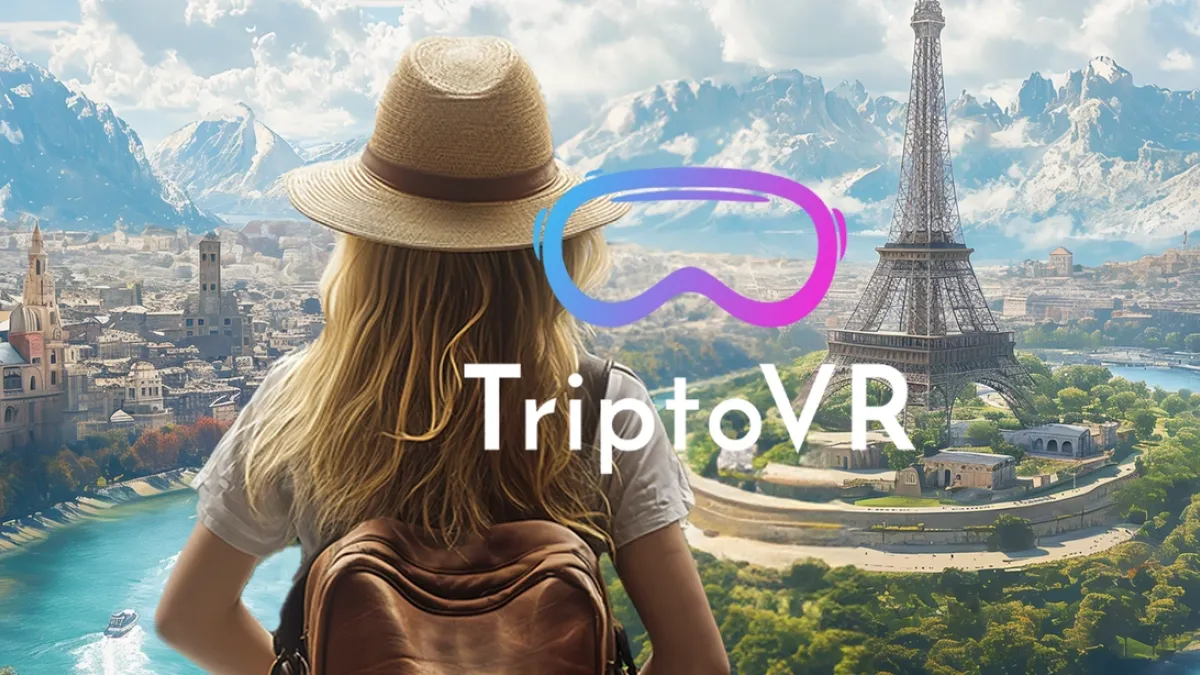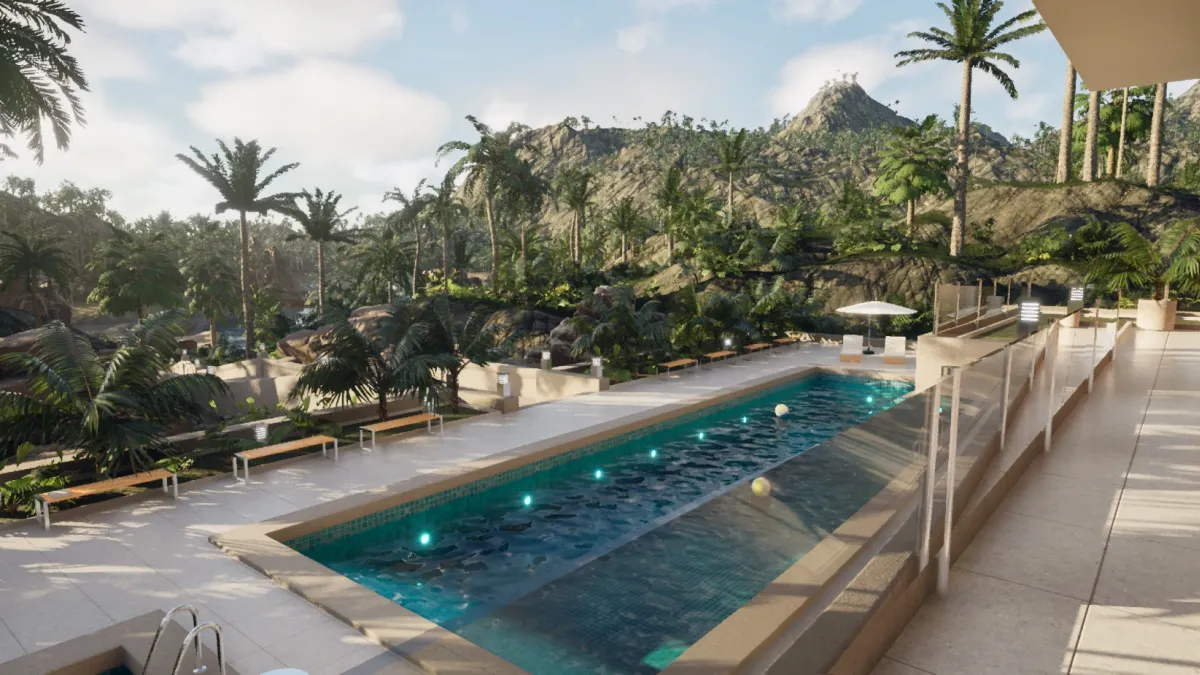
Unity vs. Unreal Engine: Which VR Engine is Best for Your Use Case?
Choosing the right engine is crucial for developing VR experiences. Both Unity and Unreal Engine are powerful tools, but they have different strengths. Depending on the use case, one engine may be more suitable than the other. Here’s a breakdown of which engine works best for different applications.
When is Unity the Right Choice for VR?
Unity is the most widely used VR engine and offers a broad range of features for various VR applications. It is particularly well suited for:
- Mobile VR apps: With high-performance optimization, Unity is ideal for mobile VR experiences on devices like Meta Quest, Pico, or Cardboard.
- Interactive training and educational programs: Unity supports flexible interaction options, making it great for VR training in medical, industrial, and safety-critical fields.
- 360° video applications: Thanks to its easy implementation of 360° videos and broad platform support, Unity is the preferred choice for immersive media experiences.
- Games with moderate graphical requirements: For indie developers or projects with lower hardware demands, Unity provides a powerful framework for rapid development.
- Cross-platform VR projects: With support for multiple platforms like Android, iOS, Windows, and WebVR, Unity enables the quick development of flexible solutions.
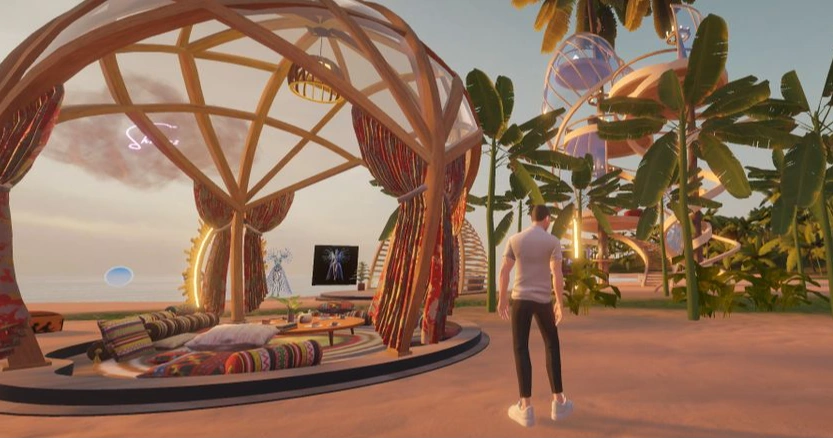
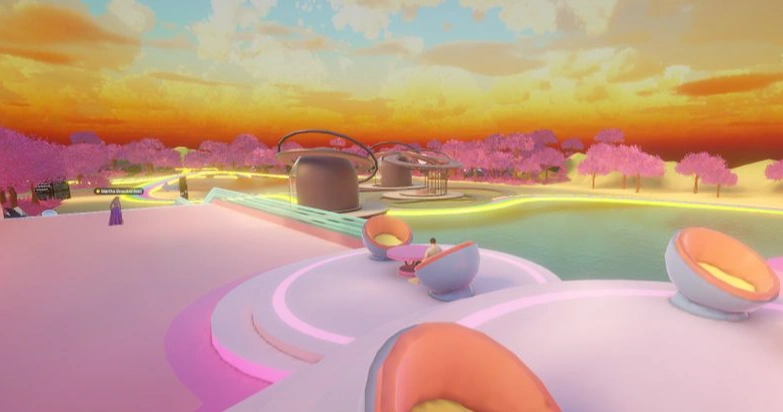
When is Unreal Engine the Right Choice for VR?
Unreal Engine is known for its impressive graphical quality and powerful rendering capabilities. It is the top choice for applications requiring high visual fidelity, including:
- High-end games and AAA titles: The engine provides realistic lighting, physics, and stunning visual effects that are essential for AAA VR games.
- VR architecture and visualizations: Unreal Engine is ideal for architecture firms and real estate projects. With photorealistic rendering and ray tracing, it allows buildings and interiors to be displayed in exceptional detail.
- Automotive and product design: The ability to realistically render materials and lighting makes Unreal Engine perfect for showcasing cars and products.
- Film and TV production with virtual production: The engine is widely used in the film industry to create digital sets and real-time interactive animations.
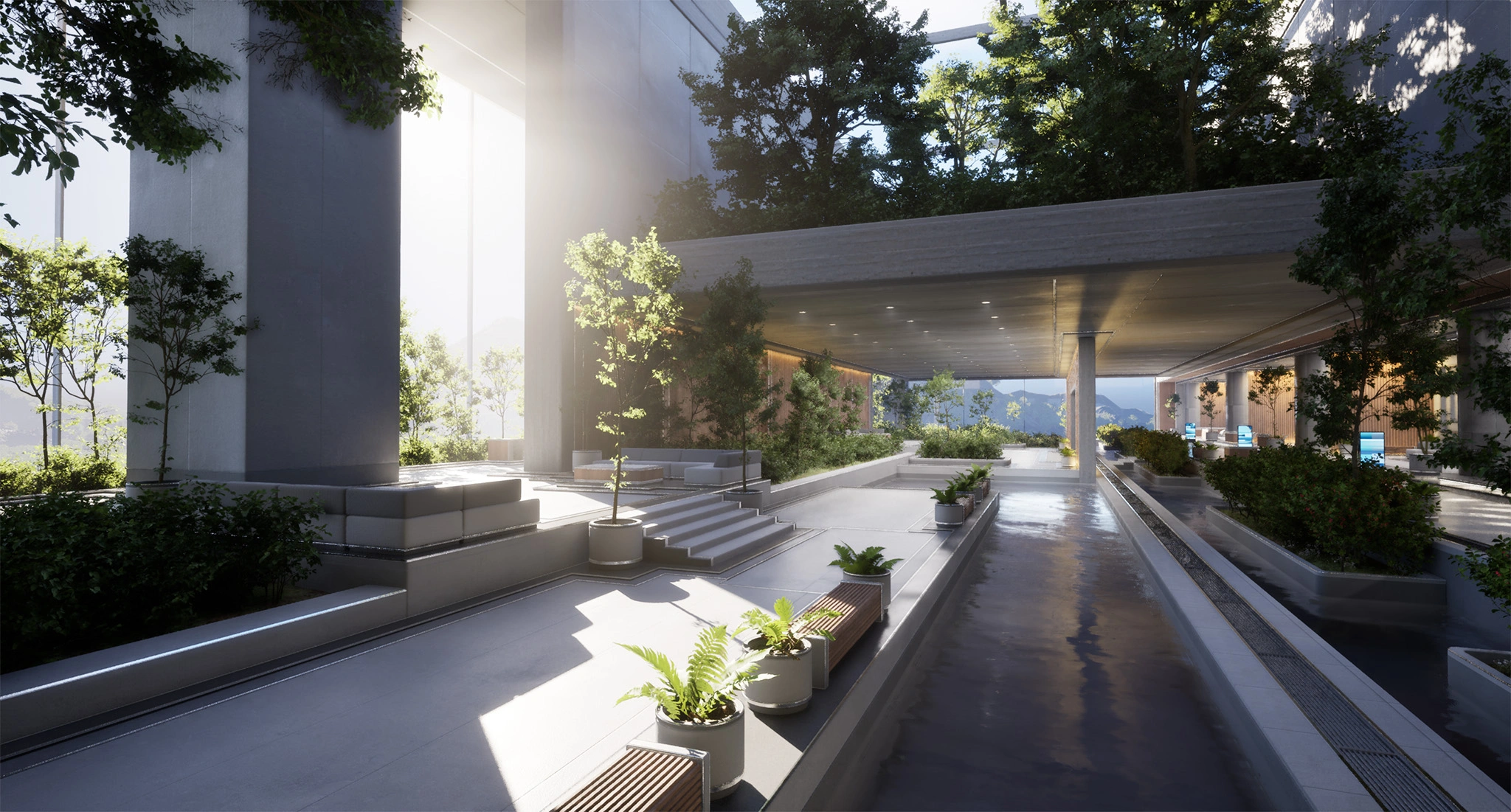
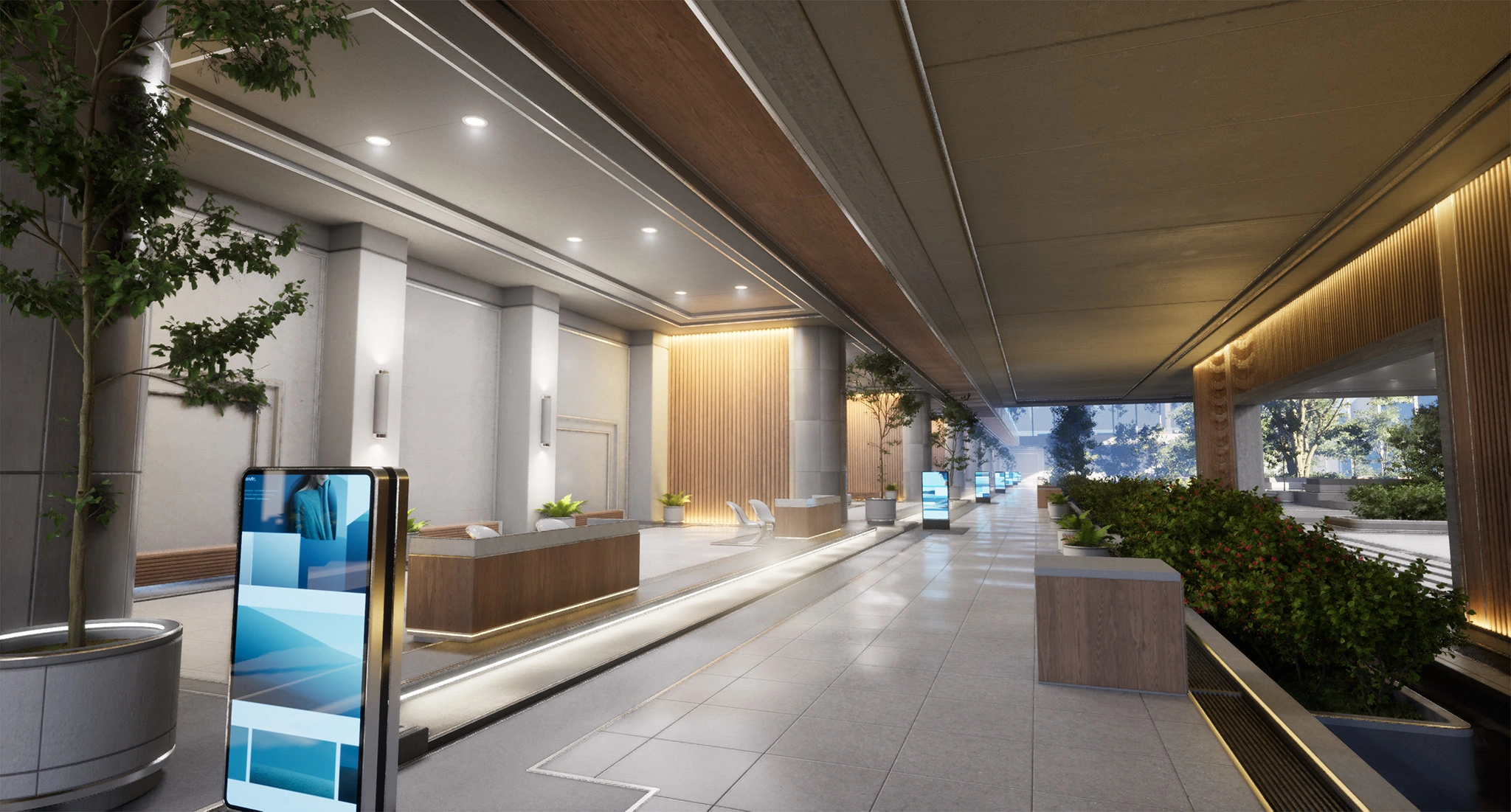
Why is Unreal Engine Ideal for VR Architecture?
Architectural and design projects benefit significantly from the high rendering quality of Unreal Engine. Here are some reasons why it is the best choice for this field:
- Photorealistic visualization: Unreal Engine delivers highly detailed and realistic renderings, which are essential for architectural presentations.
- Ray tracing for realistic lighting and shadows: Light refractions and reflections are calculated in real-time, ensuring accurate representation of materials and surfaces.
- Interactive walkthroughs: Clients and architects can navigate through planned buildings, test different designs, and adjust lighting conditions in real-time.
- Real-time rendering for presentations: With powerful rendering technologies, architectural visualizations can be modified and optimized in real-time.
- VR support for immersive experiences: Architects and clients can experience designs directly in VR, offering a better sense of space than static renderings.
Conclusion: Which Engine Should You Choose?
The decision between Unity and Unreal Engine depends on the project’s requirements:
- If you need a mobile, interactive, or cross-platform VR solution, Unity is the better choice.
- If high-quality graphics, realistic visualizations, and advanced real-time rendering are priorities, Unreal Engine is the way to go.
Choosing the right VR engine should be based on the needs of your project to ensure the best possible user experience.
